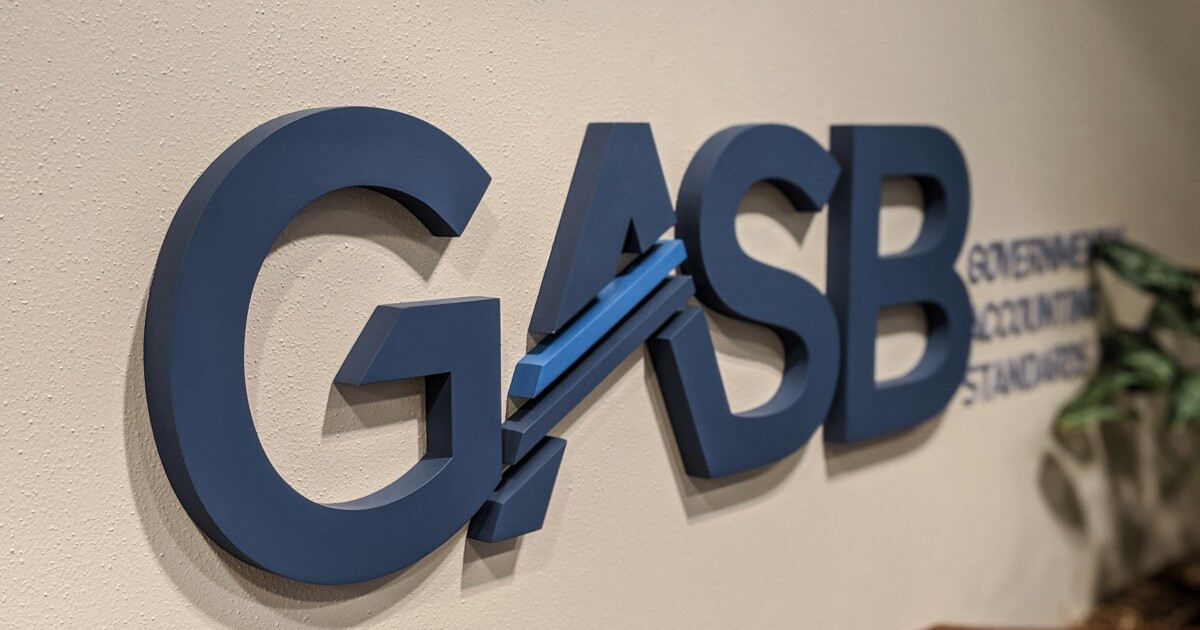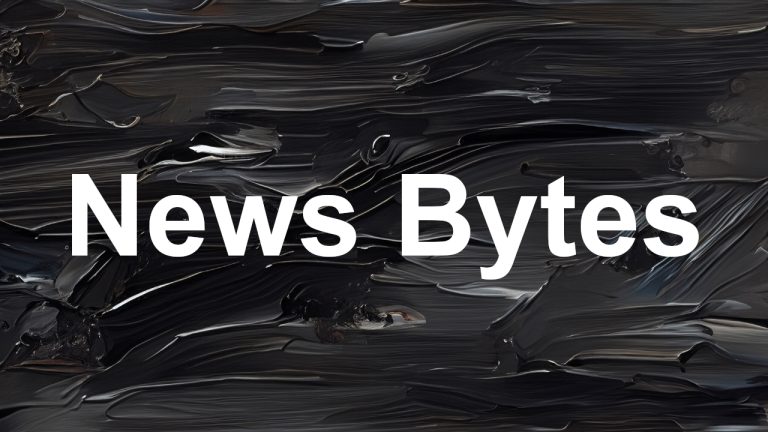Rating agencies and investors weigh Baltimore bridge collapse
4 min read

Investors and credit rating agencies are weighing how much effect the collapse of the Francis Scott Key bridge in Baltimore’s inner harbor will have on the local economy and logistics on the East Coast, though early indications suggest no drastic credit impact.
Early Tuesday morning the Singapore-flagged container vessel Dali lost power and crashed into a support which collapsed the 46-year-old bridge and severed a major highway connection between major east coast cities. The wreckage has completely blocked the channel leading into and out of Baltimore Harbor.
The question of tapping public financing to put the port of back on its feet was addressed yesterday by President Biden during an address from the White House.
Bloomberg News
“It’s my intention that federal government will pay for the entire cost of reconstructing that bridge and I expect the Congress to support my effort,” said the President. When asked about exacting payment from the owner of the ship, Biden said, “We’re not going to wait for that to happen. We’re going to pay for it, to get the bridge rebuilt and open.”
The ramification of the disaster is starting to reverberate through the financial markets as credit rating agencies are recalculating the risk to the city of Baltimore and the state of Maryland.
“The tragic collapse of the Francis Scott Key Bridge in Baltimore Harbor will have a negative but limited credit impact on the Maryland Transportation Authority,” said Cintia Nazima, Assistant Vice President, analyst for Moody’s Ratings.
“The bridge accounted for approximately 7% of the system’s $755 million toll revenue in 2023. Given the MDTA’s monopoly on harbor crossings in this section of the Interstate-95 corridor the replacement cost of the bridge will have the greatest credit impact.”
S&P Global Ratings is for the most part shrugging off the financial impact of a jammed harbor.
According to their statement, “The disruption and damage from the recent collapse of the Francis Scott Key Bridge in Baltimore is not expected to have immediate credit implications for its ratings on Maryland Transportation Authority (AA-/Stable), which operates the bridge, nor on the ratings on the City of Baltimore general obligation debt (AA/Stable) or the State of Maryland GO debt (AAA/Stable). However, the long-term financial impact, particularly for MDTA, will likely be unknown for some time.”
The harbor ranks in the top twenty of U.S. ports rated by total tons, handling over 50-million tons of foreign cargo worth nearly $81 billion in 2023, and creating 15,000 jobs, per the state of
The port has been the number one entrance for cars and light trucks for 13 years straight, accounting for 847,158 vehicles. It’s also a key export location for $6 billion in coal, natural gas, and oil.
Registered Investment Advisory firm Cumberland Advisors counts themselves as comfortable owners of MDTA paper due to its, “very strong cash position as well as debt service coverage,” while also likening the bridge collapse to the effect of major hurricanes.
“As with other disasters, we will evaluate the effects of credit-quality changes as well as the federal, state, and local response on our holdings and other affected municipalities,’ said Patricia Healy, SVP of research and portfolio manager, Cumberland Advisors.
With Baltimore’s harbor effectively blocked for an unknown time, other East Coast facilities are offering alternative docking stations. The Port Authority of New York and New Jersey has gone on the record as ready to assist with keeping the supply chain linked.
The Port of Virginia which includes facilities in Norfolk, Portsmouth, Newport News and the Virginia Inland Port in Warren County is offering a more southern solution including its ability to handle the three cruise lines that normally service Baltimore. Per their statement,
“Our operating team is already working with ocean carriers whose vessels were due to call Baltimore and offering the capability of our port to discharge cargoes as requested. The Port of Virginia has a significant amount of experience in handling surges of import and export cargo and is ready to provide whatever assistance we can.”
Bridge collapses resulting from ship strikes are rare but not unheard of. A 2018
Although an unexplained loss of power is shouldering the blame for the Dali crash, the exponential growth in size of modern container ships compared to the infrastructure around them is also being explored.
According to the
Today’s large sized container ships are 400 meters long and can carry up to 25,000 TEUs. The Dali is 300 meters long and 48.2 meters wide.
To mitigate the effects of a ship strike engineers have designed artificial islands and large concrete structures called “dolphins” around bride supports but many older bridges, including the Key, are dependent on ships staying in their lane.
The Biden administration has made a point of investing in infrastructure and the significance of getting Baltimore up and running as quickly as possible has not been lost.
“This is no ordinary bridge, this is one of the cathedrals of American infrastructure,” said Pete Buttigieg, secretary, US Department of Transportation. “It has been part of the skyline of this region for longer than many of us have been alive. The path to normalcy will not be easy. It will not be quick. It will not be inexpensive, but we will rebuild together.”







